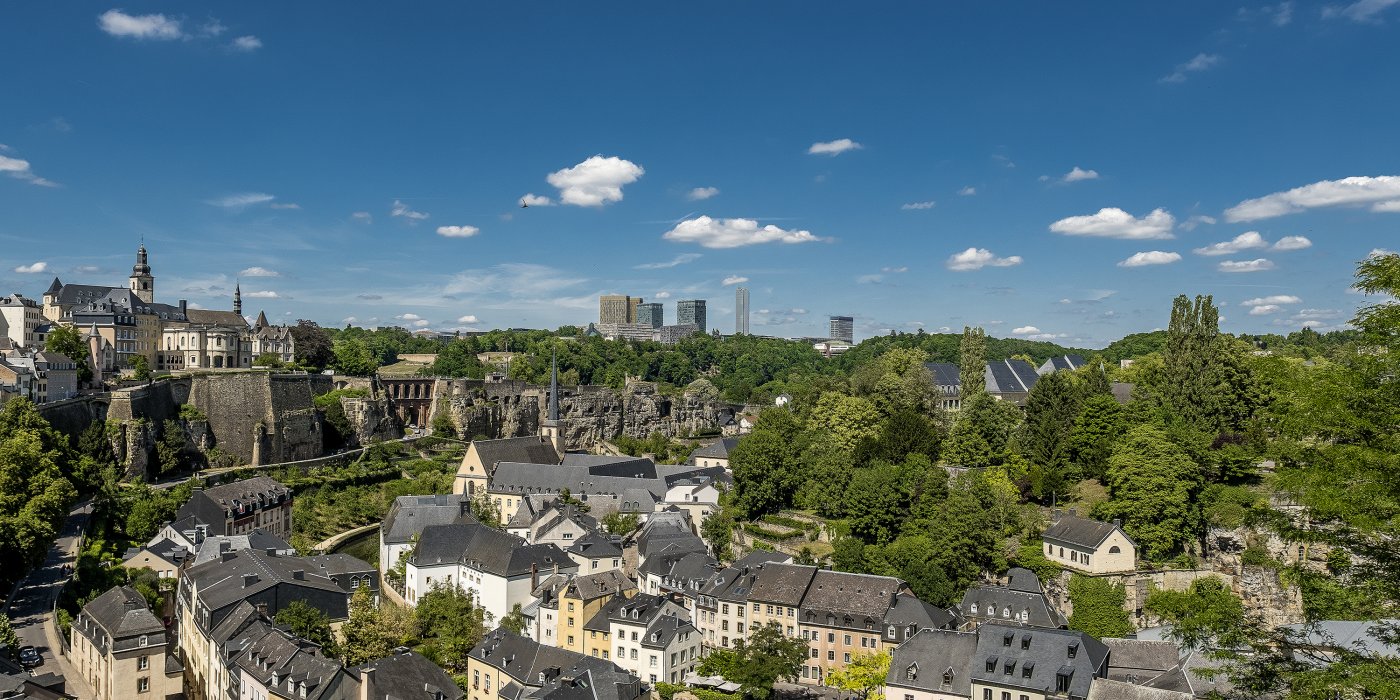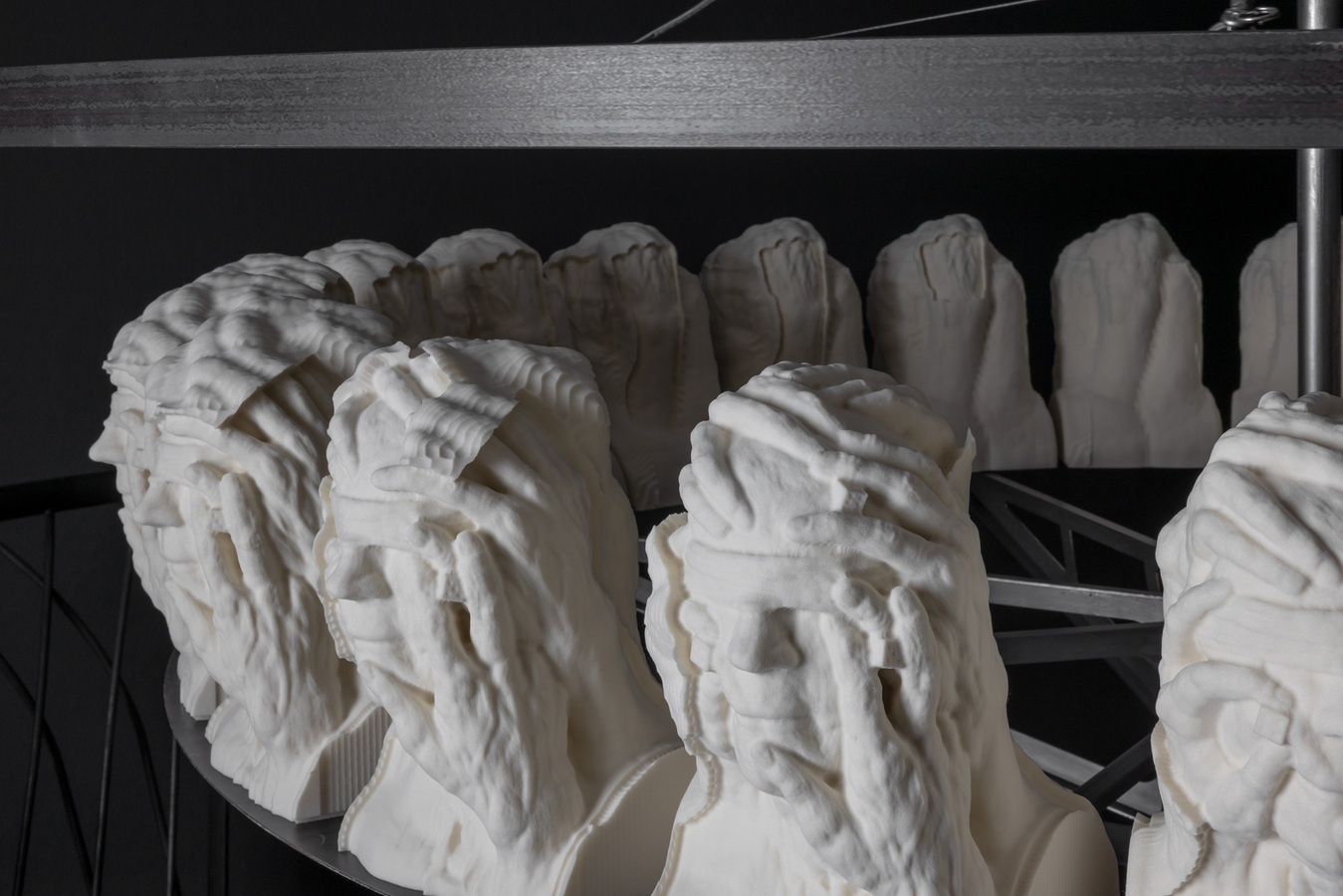Description
Jean Worré (1816–1901) was a civil engineer who joined the Public Works Administration (Administration des travaux publics) in 1845. In 1858 he achieved the rank of first-class supervisor and in 1874 was promoted to the position of chief engineer. He spent many years leading the technical departments of this administration. Unassuming in nature, he made a name for himself by developing projects featuring arched bridges, and by analysing different options for spanning the Pétrusse Valley with a single arch. Jean Worré was a key source of inspiration for the projects undertaken by the landscape engineer Édouard André (1840–1911), who was responsible for urbanising the derelict areas of the former military sites of the Luxembourg fortress. Although Worré is rarely mentioned in the city's historiography, the municipal archives and the city's urban design bear his fingerprint, which can be seen in the arrangement of parks and connecting paths between the upper and lower cities. Jean Worré's 1893 plan for the development of the Bourbon Plateau, from Hollerich to the Sauerbierg, which lies on the border with Gasperich, was the first intermunicipal urban development plan.
His ideas inspired Édouard André as well as the German architect and town planner Josef Stübben (1845–1936), who were known for their urbanisation plans for the Bourbon Plateau and the areas surrounding Luxembourg Central Station. Worré designed the layout of the streets to the left and right of Avenue de la Gare Centrale. He redrew Rue du Fieldgen (Rue d'Anvers) and connected this route with Route d'Esch (via Rue de la Semois). It was he who suggested to Édouard André the idea of converting the Pétrusse Valley into a public park.
Jean Worré was married to Anne Steis (1823-1909). They lived to the ages of 85 and 86 respectively, even though the average life expectancy at their time of birth time was only 37.
In 1900 Jean Worré gained public attention for his publication "Vier Gutachten" on the planned construction of a church in Bonnevoie. In 1893, prompted by the campaign to promote Luxembourg stone led by Minister of State Paul Eyschen (1841–1915), Jean Worré published a study on the resistance to bending of the main dressed stone in buildings in Luxembourg. In addition to being an honorary engineer of the Public Works Administration, Worré was named Officer of the Order of the Oak Crown by the King-Grand Duke of Luxembourg, and Knight of the Order of Leopold of Belgium by the King of the Belgians.














